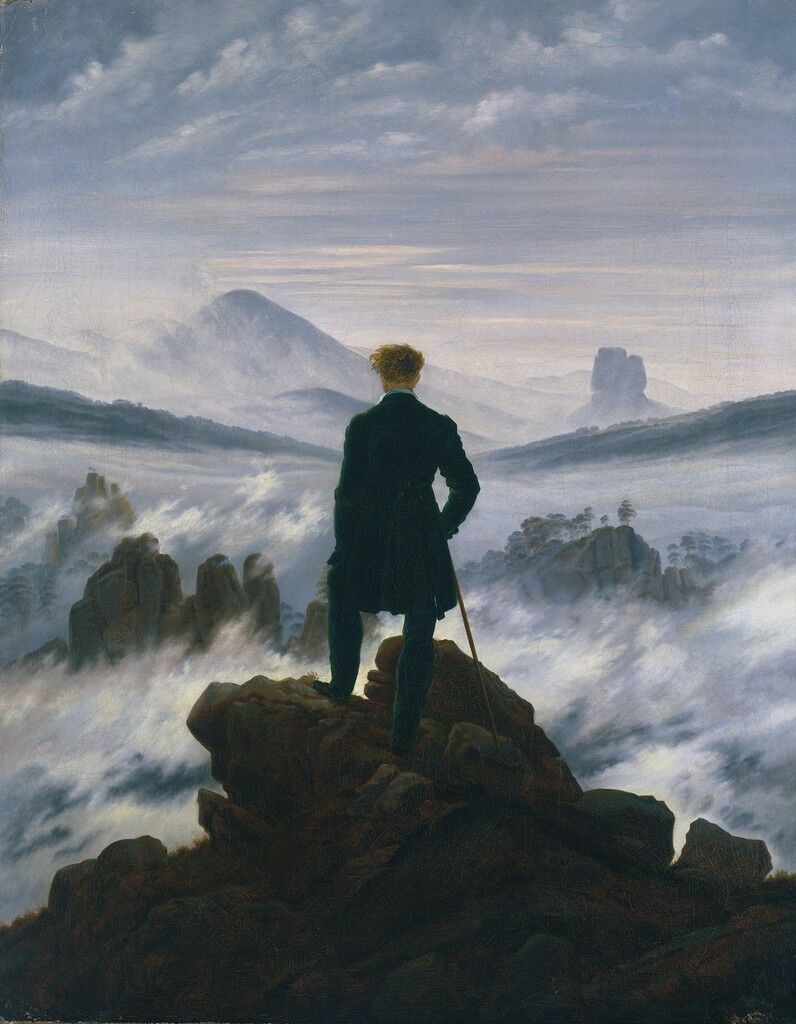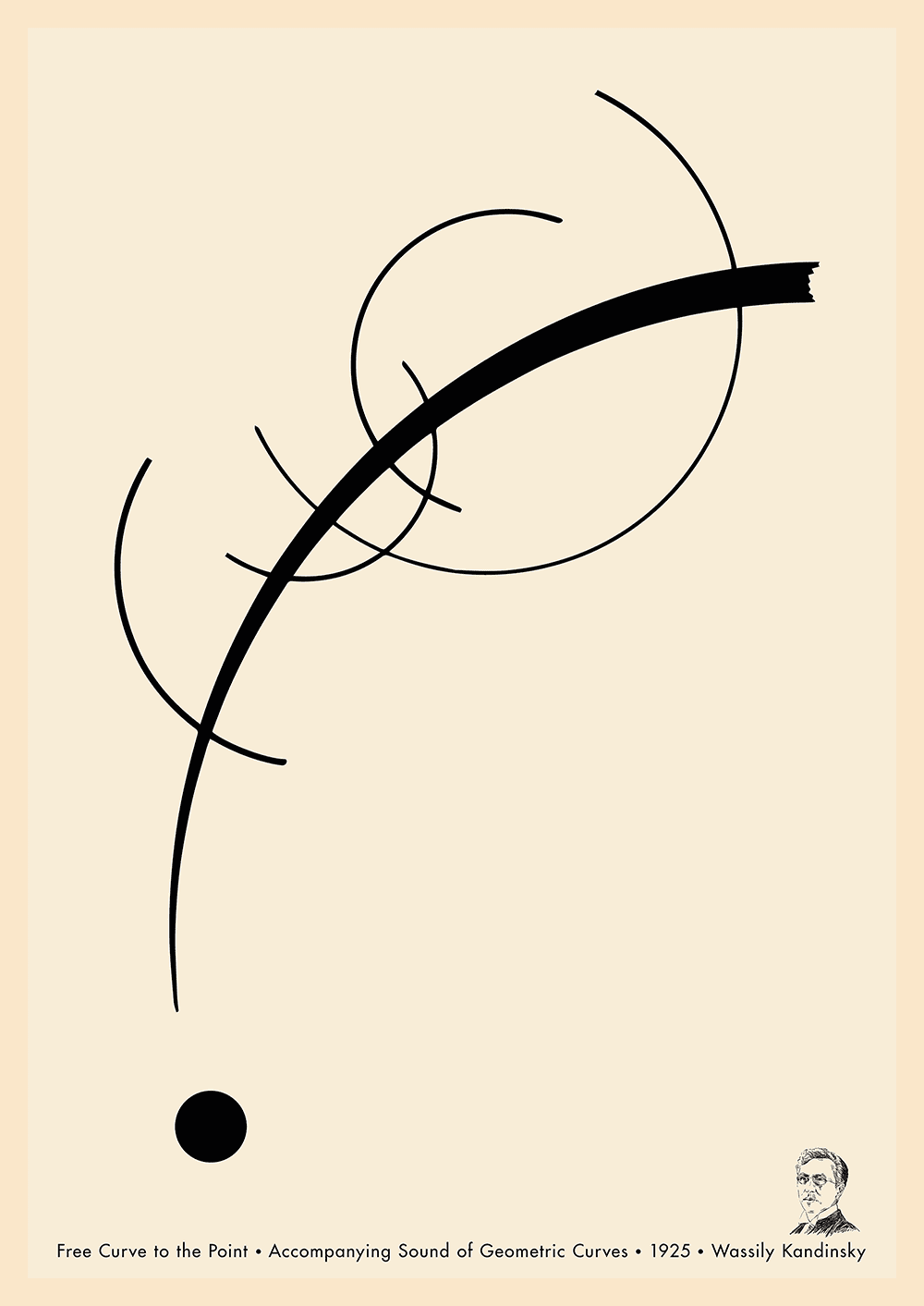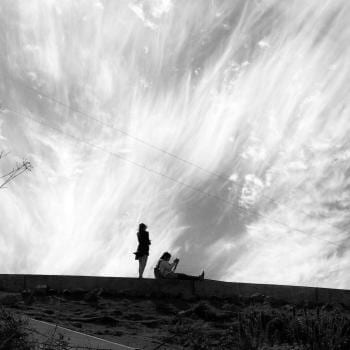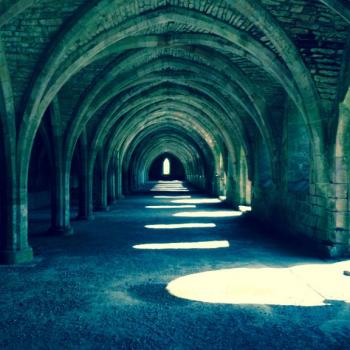The school where I teach spent the summer debating whether or not to attempt a hybrid teaching model or to go totally virtual. Although our decision to opt for the latter made me feel safer, I was worried that I wouldn’t be able to forge meaningful connections with my students through the screen. Senior year is already a dramatic one for high schoolers, and I make it my goal every year to be intentional about accompanying them through that drama.
On top of the regular challenges of being a senior applying to college, the pandemic and social unrest have made the question of life’s meaning all the more salient. Is there an ultimate purpose to everything? Is meaning something that is given to us…or something we must create for ourselves? Or maybe there’s no meaning at all, and we are left on our own to deal with the sense of emptiness. Using Fr. Julian Carron’s The Radiance in Your Eyes: What Can Save Us From Nothingness as a framework, I developed a syllabus of readings to confront these questions.
We started with the phenomenon of the “abyss,” and discussed the moments this year that we felt that life was most meaningless. From there, we identified a variety of potential responses.
First, we can take a “bourgeois” approach by covering over the sense of emptiness with “worldly” pursuits and sentimental comforts. If we are going to face the abyss for what it is, we can take a nihilistic approach, affirming that there indeed is no objective meaning in life. We read the existentialist philosophy of Albert Camus, who in works like The Stranger and The Myth of Sisyphus, claims that the clash between the indifference of the universe and our desire for meaning points to the absurdity of human existence. We can try to escape the absurd, either through seeking an other-worldly solution (God) or by ending our lives. Or we can accept that all we really have is our freedom, and use it to embrace the absurd and to live life fully, according to our own will, until we die. At this point, I play the rapper Drake’s song “The Motto” in which he proclaims “you only live once,” so you may as well live it up.
Alternatively, we can go against Camus’ advice and turn toward God. We identified two ways that we can do so. We can take a “leap of faith,” following the philosophy of Kierkegaard, and automatically deduce that if the finitude of this world is not enough to satisfy our infinite desire, then only an infinite being can. This blind assumption that there is indeed a God who can take us out of the abyss was thought to be naïve by many of my students. So I contrasted it with the theology of St. Augustine, who in his Confessions places more emphasis on God entering into the abyss through concrete experiences and encounters.
From there, we considered the consequences of having such an encounter. If indeed God can enter the flesh of our everyday lives, how might this affect the way we approach matters like education, politics, and social justice? I invited my friend Dr. Margarita Mooney, a professor at Princeton who has written extensively about the philosophy of education, to speak to my students. After reading texts by James H. Cone and Cornel West on racism, I invited one of the Benedictine monks from our school to speak about the role that Gospel music has played in the Civil Rights movement.
We closed the semester with Mary Townsend’s essay on depression and the increase of suicide rates at universities.
At the beginning of the semester, I asked the students to analyze a series of paintings: Friedrich’s “Wanderer Above the Sea Fog,”
Munch’s “The Scream,”

and Hopper’s “Morning Sun.”

Toward the end of the semester, we compared and contrasted those to four new works: Bernini’s “Ecstasy of St. Teresa,”

Cot’s “The Storm,”

Murillo’s “Saint Anthony of Padua,”

and Kandinsky’s “Free Curve to the Point.”

The students commented that the subjects in the first three paintings were searching for something, but left them feeling isolated and confused. The new ones also seemed to have to do with searching, but were tinged with a sense of hopefulness. Teresa of Avila’s facial expression is full of longing and satisfaction, whereas The Scream is shouting out of despair. The woman is gazing wistfully out the window at the morning sun, whereas St. Anthony is gazing tenderly into the eyes of Christ. The lovers in The Storm are walking together on a clear path, whereas Friedrich’s Wanderer is facing a misty vista by himself. Kandinsky’s more abstract piece (which was featured in the CL 2015 Christmas poster) also seemed to depict a path or a journey, which did in fact have “a point.”
I later invited them to share pop songs that echoed the themes of the readings, which we compiled into a Spotify playlist. Once the playlist was made, we decided which songs reached a nihilistic conclusion to the problem of meaning, and which were more hopeful–and where their hope came from. We also analyzed how those themes show up in TV shows like Elite, Pose, and Ramy, and movies like Pleasantville and LadyBird.
“These readings and discussions did not answer my questions fully but allowed me more insight to my questions,” wrote one of my students in her final paper. She commented on her parents’ strong faith, which she often felt was imposed on her without adequate reasons. But after reading Augustine, she started to realize that “faith and devotion come from personal experience. I wonder if I will ever find that encounter…” she asks. “If Augustine is right, then I will.”
This student reminded me that the Incarnation is not something you can teach solely through ideas or concepts. The reason I believe that life has meaning and that there is a God is not because I read theologians like Augustine, but because I had an experience of Christ in my life, like Augustine did. Reading these texts help me to examine my experience and to judge what its implications are, but cannot serve as a substitute for experience. This is why I placed so much emphasis on starting our class periods by asking them how they’ve been doing in general and about any recent experiences they might want to share with the class.
I stressed this point for kids who grew up in religious families. Some had negative experiences, where faith was forced on them violently, while others had more positive ones. Either way, it’s all too easy to just blindly accept or completely toss out the ideas passed on to us by our parents. As we enter into adulthood, we must walk the journey ourselves and judge who and where God is for us.
And so I left my students with a question: could it be possible that the kind of love/meaning we are longing for could show itself in the midst of our everyday lives? I reminded them to keep their eyes open and hearts awake, and to allow themselves to be surprised. I also shared how much I was surprised by them everyday…by their profound and sincere insights, their desire to look deeply into the texts we read, and to risk sharing their personal experiences and questions with me.
Ultimately, my students became a sign to me of one of the key points that Fr. Carron makes in his book. We begin to find a way out of nihilism when we face our desires and experiences together, without censoring or reducing them. It is within such a companionship that the Answer to our desires can reveal itself to us.












